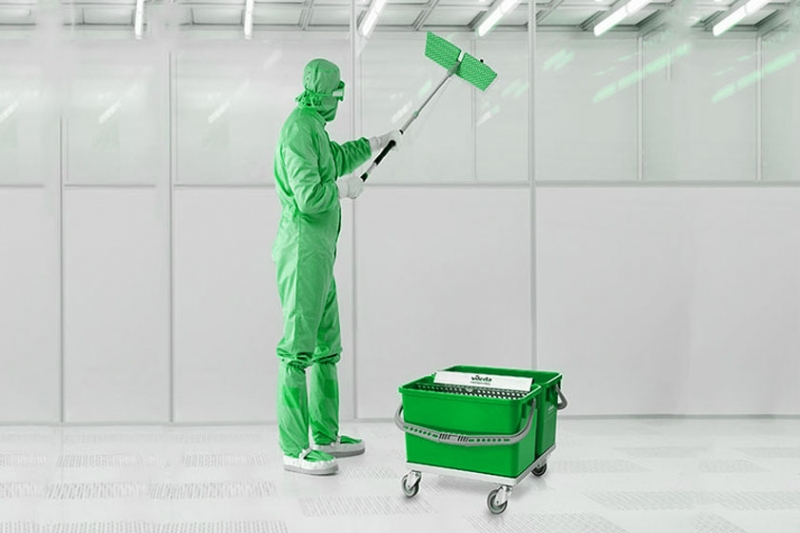Before fully cured concrete is covered or sealed, moisture vapor easily passes through without a problem. Moisture vapor typically remains undetected until it becomes trapped in the concrete subflooring when a non-permeable membrane like rubber, vinyl or epoxy flooring is installed. Over time, vapor pressure increases against the tile or epoxy until the flooring breaks away causing delamination from the concrete. Despite the availability of moisture indicating test kits that can assist in predicting (and preventing) this difficult problem, moisture related issues are usually discovered after a flooring installation failure. In the case of cleanroom floors, “discovery” typically occurs months and sometimes years after installation when the room is fully occupied and cannot be shut down without severe consequences.
After small sections of flooring begin failing, the problem quickly spreads. The resulting mess can cripple a manufacturing operation. Tiles become loose, air entrainment bubbles develop in the tile or epoxy coatings followed by eventual black liquids oozing through cracks and seams. The failing floor becomes a safety hazard and traffic obstacle. Repairs are almost impossible because water vapor continuously rehydrates the repaired area, often before the new installation has had the opportunity to cure. After the problem first emerges, most companies that have experienced this problem find themselves replacing compromised sections on an ever increasing basis. The standard permanent “fix” for moisture problems usually does not get used since it would require a complete shutdown due to demolition and reinstallation of flooring. A permanent fix entails ripping up the failed floor, shot blasting the concrete, repairing imperfections, installing a moisture vapor barrier and then reinstalling new flooring. The cost for this cure could run as high as fifteen to twenty dollars per square foot depending on working conditions, this is exclusive of the cost of shutdowns, equipment moving and auxiliary support.











